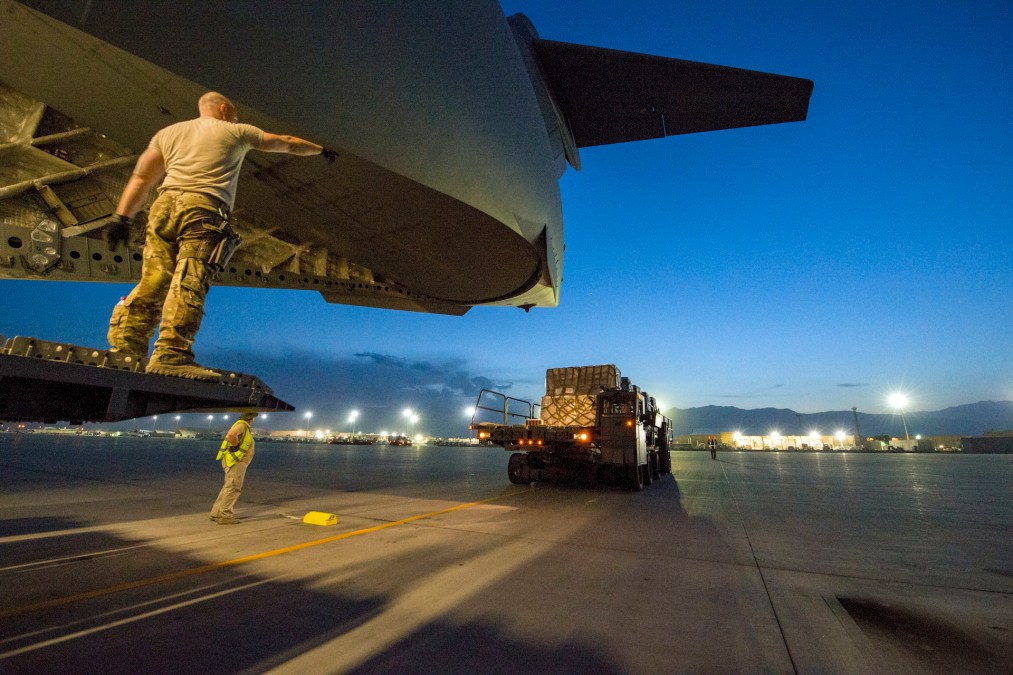DARPA looks to improve DOD’s complex supply chain and logistics

Imagine trying to coordinate hundreds of airplanes charting the globe on a daily basis, as United Airlines or FedEx do. Multiply that several times, and you have the logistical workload for the U.S. military.
It takes special tools to track all those aircraft and the related supply chains, and the Defense Advanced Research Projects Agency is now reaching out to industry for ideas on upgrading the military’s existing technology, which is managed through the Joint Logistics Enterprise. DARPA posted a solicitation for proposals Thursday for a program it’s calling LogX.
“The DoD Joint Logistics Enterprise is immense,” John Paschkewitz, DARPA program manager in the Strategic Technology Office, said in a news release announcing LogX in May. “The supply chain inventory to sustain the Air Force fleet has been estimated to be as large as multiple Fortune 500 companies combined. Add the Army, Navy, and Marine Corps’ needs, and you see how enormous the department’s global logistics and supply systems are, dwarfing any commercial logistics system.”
The logistics enterprise still uses legacy technology, according to the request. LogX is looking for research approaches “that enable revolutionary advances in science, devices, or systems,” the request states. Specifically, the program wants software that can provide real-time logistics and supply chain situational awareness “at unprecedented scale and speed.”
The request goes on to describe the logistics enterprise as a triple-decker layer of networks. There is the physical supply chain, information networks that inform the physical mobilization of supplies and finical networks. LogX will focus on improving the information network, according to the request.
Part of the information network changes the DOD hopes to implement is a migration to cloud-based data storage. LogX is expected to be implemented during the next 10 years, over which new technologies will further change the logistical landscape.






